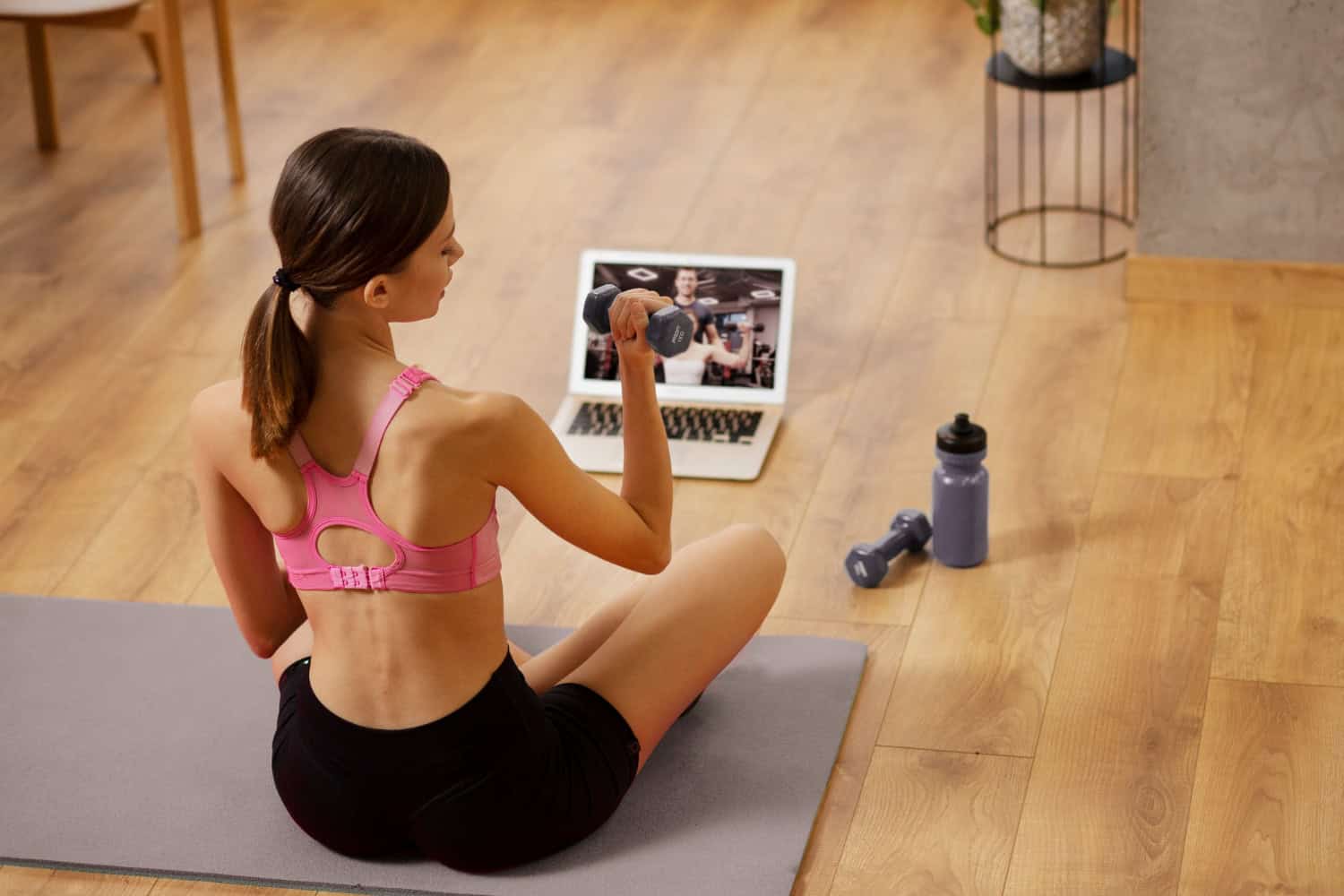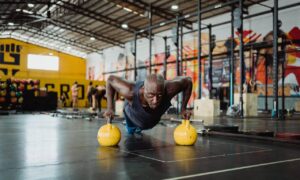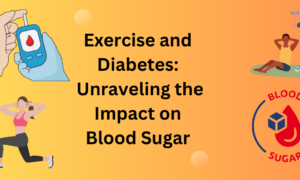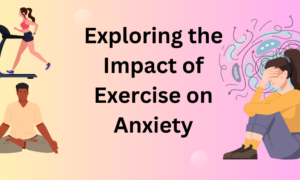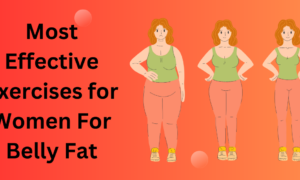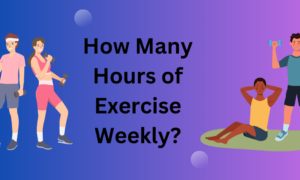Fitness has come a long way from traditional gyms and studio sessions. The digital world has changed how we approach physical wellness especially for those who want sustainable, joint friendly ways to stay active. Whether it’s a busy professional logging on before work or a senior finding relief in movement the world of low impact home workouts has gone way beyond a niche market.
What’s driving this change isn’t just convenience but technology. Virtual fitness classes now deliver everything from guided yoga and pilates to functional mobility training and stretch routines. These sessions are available anytime, anywhere and for people who may have previously felt excluded from mainstream fitness spaces. Virtual platforms have removed location and physical limitations and opened up wellness to a wider range of people.
Low Impact Workouts in a High Impact World
High impact workouts have dominated fitness marketing for years. But not everyone wants or needs to push themselves to the limit in every session. Many people are turning to low impact home workouts as a way to build strength, improve flexibility and maintain cardiovascular health without putting stress on joints or risking injury.
These workouts include options like walking, resistance band routines, bodyweight exercises and mobility sessions. They are perfect for older adults, people recovering from injury, beginners or anyone who wants to stay active without overexertion. The beauty of low impact fitness is it’s adaptable, effective and gentle on the body.
Virtual platforms have made it easier to access these routines on demand. By offering wide libraries of video content and guided sessions tailored to different skill levels, people can follow along in their own time, without pressure. This freedom has led to a wider appreciation of the benefits of moving slowly and intentionally, a shift that is being supported by evolving fitness technology trends.
How Virtual Fitness Classes Have Broken Down Barriers
One of the most significant advantages of virtual fitness classes is their ability to break down traditional barriers to exercise. Geographic location, lack of transportation, gym intimidation, and time constraints have long been obstacles for many people.
By moving classes online, fitness providers have created opportunities for users to engage in guided exercise without needing to leave home. This is especially helpful for those living in rural areas or with limited mobility. It also benefits parents who need to fit workouts around childcare, and professionals who want to move between meetings.
In addition, virtual platforms often allow participants to join classes without turning on their cameras. This reduces social pressure and makes it easier for people to focus on their own progress. It shifts the emphasis away from performance and appearance, and toward consistency and personal wellness. For many users, this makes fitness feel safer and more sustainable.
The Role of Fitness Technology Trends in Personalization
Technology has made it possible to tailor fitness experiences like never before. Today’s platforms incorporate a range of fitness technology trends, from AI-powered feedback to wearable integration, helping users track their progress and stay motivated.
For instance, many virtual fitness apps collect user preferences and suggest classes based on goals, previous sessions, and physical limitations. This means someone looking specifically for low-impact home workouts will be shown relevant routines that avoid high-impact moves like jumping or heavy lifting.
Additionally, some platforms pair with fitness trackers to measure heart rate, calories burned, or time in motion. This feedback loop helps users stay aware of their own bodies without external comparison. It encourages small, consistent progress, and helps build healthier long-term habits.

Inclusivity Through Design: Fitness for All Bodies and Abilities
Inclusivity is a growing priority in the fitness industry, and virtual platforms are helping push that change forward. Many virtual fitness classes now feature instructors of different body types, ages, and abilities, allowing users to see themselves represented on screen.
Classes are often labeled with clear indicators such as “beginner-friendly,” “chair-based,” or “adaptive.” This ensures users can find workouts that match their needs, without the guesswork or fear of injury. Accessible audio and closed captioning are also becoming standard on many platforms, thanks to rising awareness and the demand for inclusive design.
For individuals with chronic pain, disabilities, or mobility limitations, these improvements mean a great deal. Rather than feeling left behind, they can now participate in safe, engaging exercise that’s adapted to their bodies. These are powerful changes being made possible through thoughtful use of fitness technology trends.
Building Community in a Virtual Fitness Space
One thing people feared about moving away from in-person workouts was losing the sense of community. Surprisingly, many virtual platforms have found creative ways to maintain that connection. In fact, for some users, online communities feel more welcoming and supportive than traditional gyms.
Live-streamed virtual fitness classes often include real-time chat or Q&A segments with instructors. Community message boards and private social media groups help users celebrate wins and ask questions. Instructors are increasingly taking time to engage with participants by name, even in large groups.
The result is a sense of belonging that keeps people coming back. This community support can be especially important for those starting low-impact home workouts as a new habit. Encouragement, shared milestones, and a sense of camaraderie turn fitness into a shared journey instead of a solo chore.
Flexible Scheduling and On-Demand Convenience
One of the best things about virtual platforms is you can work out anytime, anywhere. Unlike in-person classes that require you to be there at a certain time, virtual fitness classes are recorded so you can access them 24/7. This means you don’t have to rearrange your schedule or deal with last minute cancellations. Whether it’s a 10 minute stretch in the morning or a 30 minute mobility routine at night, you can fit a workout in anywhere. This is especially helpful for those juggling work, family and personal commitments.
Many users find that being able to start with short, low-impact home workouts makes it easier to build consistency. When the barriers to entry are low, it’s more likely someone will hit play and move.
Affordability and Cost Savings
Gym memberships and in-person classes can be expensive. Travel, equipment and childcare costs add up. Virtual platforms have changed that dynamic by making quality instruction more affordable. Many virtual fitness classes are included in low-cost apps, others are free on YouTube or social media. You can try different styles, instructors and formats without committing to a big financial investment.
This democratization of fitness means more people can get expert guidance without the cost. For those following fitness tech trends, there are even apps that offer AI based recommendations or custom workout generators for a fraction of the cost of personal training.
Equipment-Free and Minimal Gear Options
A major concern for beginners is often equipment. Thankfully, many low-impact home workouts require little to no gear. Bodyweight movements, yoga flows, and mobility routines can be performed with just a mat and a little floor space. Virtual instructors are increasingly aware of space and equipment limitations, especially for those in apartments or shared living spaces. Many now offer modifications or entire classes that require nothing more than a chair or towel.
This low-barrier approach has been central to the success of virtual platforms. It allows people to get started quickly, with minimal cost or preparation. It reinforces the message that fitness doesn’t need to be complicated or high-tech to be effective.
Tracking Progress and Staying Motivated
Keeping track of improvement is key to staying motivated. With the help of fitness technology trends, users can now measure their activity levels and set goals with ease. Many platforms offer built-in tracking features, allowing users to see how often they work out and how long they stay active.
Some systems allow users to log mood, sleep, and energy levels as well, providing a more complete picture of wellness. Over time, this data helps highlight the impact of consistent movement, especially with low-impact home workouts, which may not always show dramatic physical results right away but offer powerful benefits for mood, energy, and overall function.
Seeing progress through numbers, streaks, or completed milestones helps maintain momentum. For users who previously struggled to stay consistent, these features make it easier to stay on track without judgment.
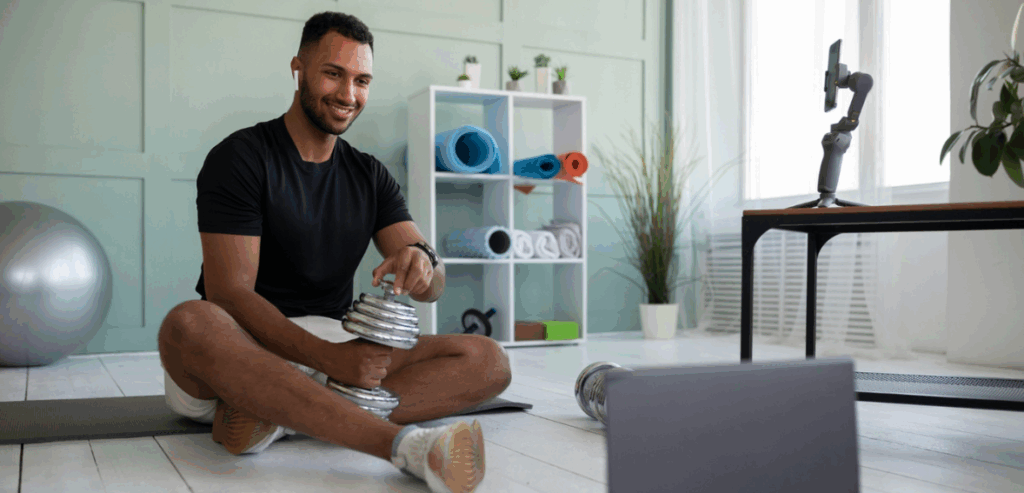
Supporting Mental Health Through Movement
Low-impact movement is often associated not only with physical wellness but also with mental clarity. Gentle stretching, mindful movement, and consistent activity have been shown to reduce anxiety and improve focus. Virtual fitness classes often incorporate breathwork, mindfulness, or restorative practices into their routines. For users managing stress or recovering from burnout, these sessions become a form of self-care.
Fitness platforms are increasingly highlighting the mental health benefits of movement, aligning with broader fitness technology trends focused on holistic wellness. Rather than selling six-pack abs, many now focus on emotional balance, energy, and longevity, creating a healthier approach to fitness culture.
Future Directions: Where Virtual Low-Impact Fitness Is Headed
The future of fitness is undeniably digital. As fitness technology trends continue to evolve, we can expect even more innovation in the low-impact space. Artificial intelligence may soon offer real-time form correction through phone cameras or integrate motion sensors for feedback during stretches. Virtual reality fitness experiences are also emerging, which could make low-impact routines more immersive and interactive. For example, a user could walk through a virtual forest or join a group tai chi class on a beach, all from their living room.
These technologies will further reduce barriers and enhance user engagement. They’ll continue to build a future where low-impact home workouts are not just a backup option but a respected, primary choice for many individuals.
Conclusion
Virtual fitness has transformed wellness by offering accessible, affordable, and personalized workouts for all fitness levels. With evolving technology, low-impact home routines are more appealing and convenient. This shift isn’t just a trend but a lasting change, empowering anyone to start or sustain fitness using just a screen and small space.

